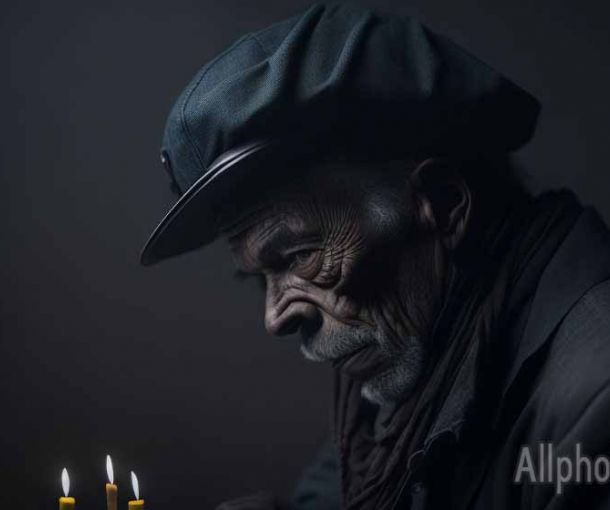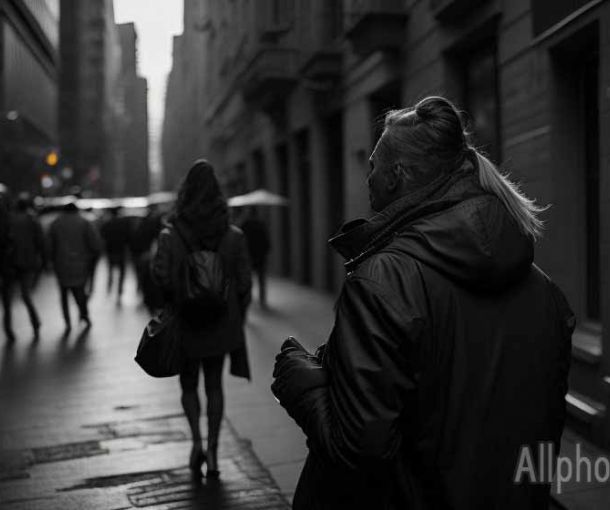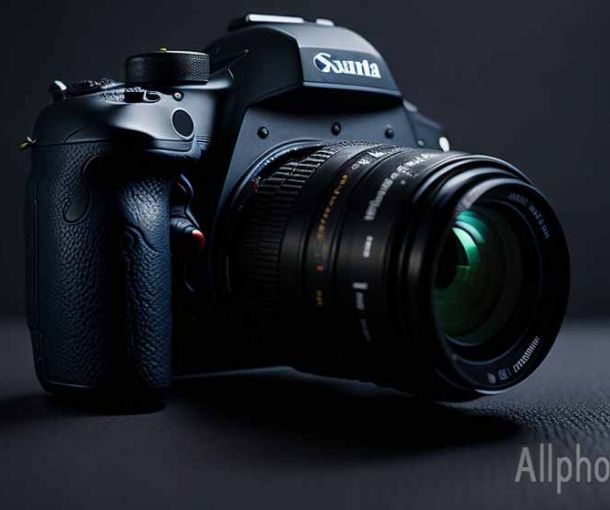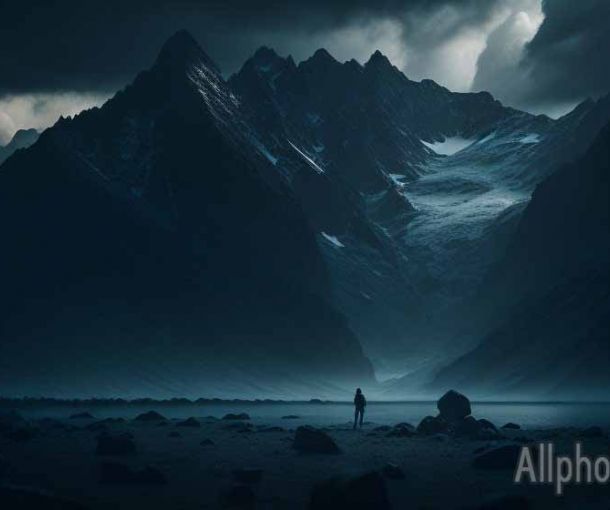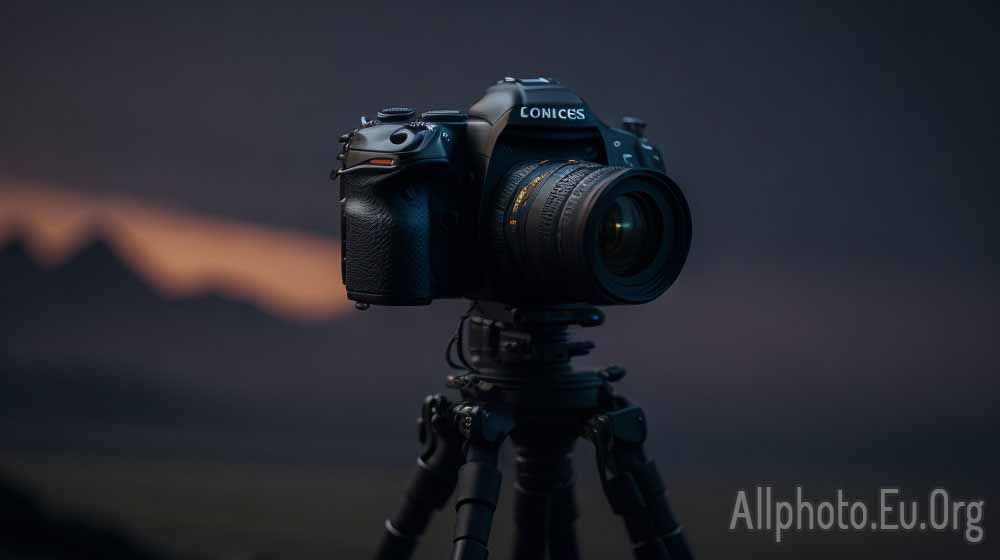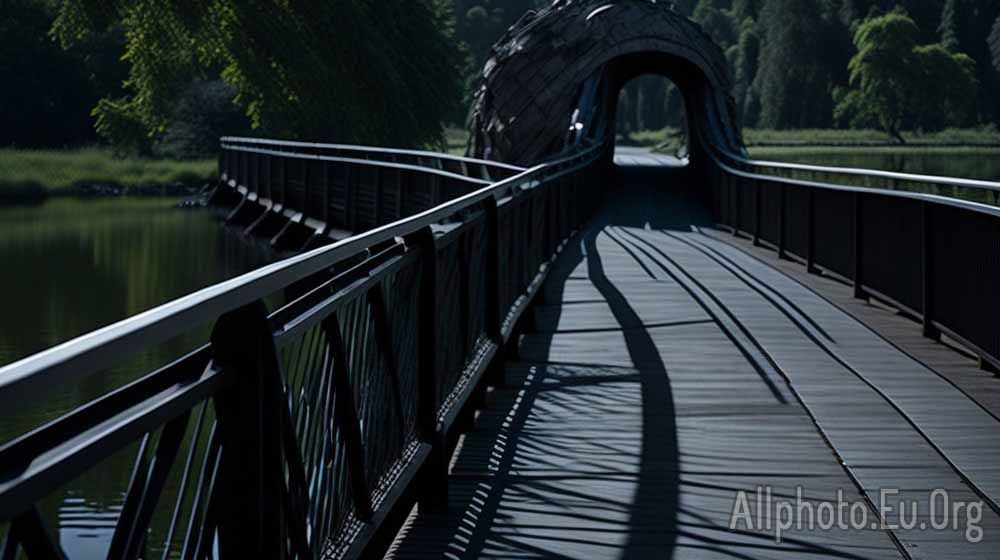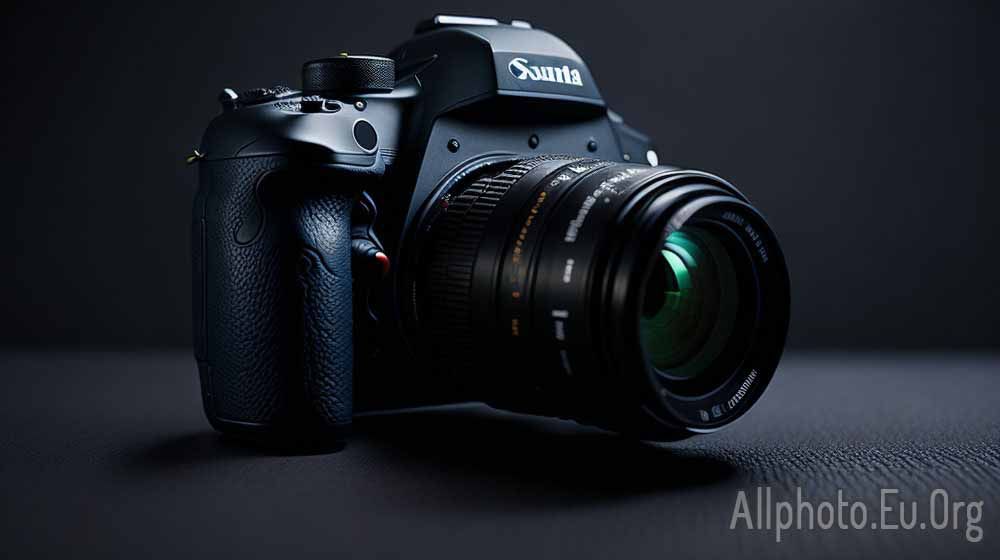The Role of Negative Space in Minimalist Photography: Creating Serenity and Calm

Minimalist photography is all about simplicity and the use of negative space. Negative space is the area around the subject in a photograph that is left empty or unoccupied. It plays a crucial role in minimalist photography as it creates a sense of serenity and calmness in the viewer. Negative space can be used to direct the viewer's attention to the subject, create balance and harmony in the composition, and convey a sense of spaciousness.
In minimalist photography, the subject is usually a single object or a small group of objects that are isolated from their surroundings. The use of negative space creates a visual contrast between the subject and the surrounding space, highlighting the subject and drawing the viewer's attention to it. This technique is particularly effective when the subject is small or when it is positioned against a busy or cluttered background. By creating a sense of emptiness around the subject, the photographer can make it stand out and capture the viewer's attention.
Negative space can also be used to create balance and harmony in the composition. When the subject is positioned off-center, leaving empty space on one side of the photograph, it can create a feeling of tension and imbalance. However, by adding negative space on the opposite side of the subject, the photographer can balance the composition and create a sense of harmony. This technique is particularly effective in landscape photography, where the use of negative space can create a sense of vastness and openness.
Another important aspect of negative space in minimalist photography is the sense of spaciousness it conveys. By leaving empty space in the photograph, the photographer can create a feeling of airiness and openness. This can be particularly effective in architectural photography, where the use of negative space can emphasize the clean lines and simple shapes of the building. Negative space can also be used to create a sense of depth and perspective, making the photograph feel more three-dimensional.
When used effectively, negative space can create a sense of serenity and calmness in the viewer. This is because negative space creates a feeling of emptiness and simplicity, which can be very soothing to the eye. By using negative space to create a sense of spaciousness and openness, the photographer can create a sense of tranquility in the viewer, making them feel more relaxed and at ease.
In conclusion, negative space is a key element in minimalist photography. By using negative space to direct the viewer's attention, create balance and harmony in the composition, and convey a sense of spaciousness, photographers can create powerful and evocative images that capture the viewer's imagination. Negative space also plays a crucial role in creating a sense of serenity and calmness in the viewer, making minimalist photography a powerful tool for relaxation and meditation. Whether you are a professional photographer or a hobbyist, understanding the role of negative space in minimalist photography is essential if you want to create truly impactful images.
To use negative space effectively in your minimalist photography, there are a few key tips to keep in mind. First, consider the placement of your subject within the frame. Think about how the surrounding negative space can create a sense of balance and harmony in the composition. Second, consider the amount of negative space you want to include in the photograph. Sometimes less is more, and a little bit of negative space can go a long way in creating a sense of serenity and calmness. Third, pay attention to the color and texture of the negative space. In minimalist photography, negative space is often simple and unobtrusive, but it can still have a significant impact on the overall mood of the photograph.
When shooting minimalist photography, it's also important to consider the technical aspects of the photograph. Pay attention to the exposure, focus, and depth of field, as well as the composition. Use a shallow depth of field to isolate your subject and create a sense of depth and dimensionality. Experiment with different angles and perspectives to create a unique and engaging photograph. And always remember that less is more in minimalist photography. Don't be afraid to simplify your composition and focus on the essentials.
In conclusion, negative space plays a crucial role in minimalist photography. By using negative space effectively, photographers can create powerful and evocative images that capture the viewer's attention and evoke a sense of serenity and calmness. Whether you are shooting landscape photography, architectural photography, or still life photography, the use of negative space can help you create impactful and memorable images. So the next time you are out shooting, take a moment to consider the role of negative space in your composition and see how it can enhance your minimalist photography.
In addition to the tips mentioned earlier, it's also essential to edit your minimalist photographs carefully. Use editing software to enhance the composition and highlight the subject further. Remove any distractions that may detract from the overall image and adjust the color and contrast to create a harmonious and balanced look.
In conclusion, mastering the use of negative space is essential for creating impactful minimalist photographs. With careful consideration of composition, technical aspects, and editing, photographers can create stunning and powerful images that convey a sense of serenity and calmness to the viewer.
Tags
Latest Articles
Most Read
All Tags
Subscribe
Donate
Please consider supporting our efforts.
© 2023 All-Photo.Cf All rights reserved.
